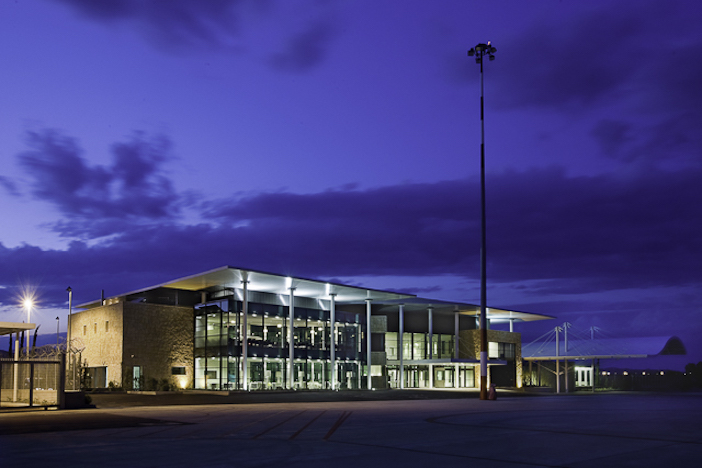According to WINGX`s weekly Global Market Tracker, the recovery in business jet traffic is hitting a ceiling of around 85% of comparable 2019 activity.
The global flight tracker recorded 50,000 fewer business jet sectors since the start of September to October 9. Including turboprops, just over 550,000 hours have been operated in that period, 18% fewer compared to 2019.
Around 80% of the active business aviation fleet has been operational. Business aviation continues to be more resilient than scheduled airlines, for which activity is dropping below 50% of normal, with more slowdown to come as various carriers announce cutbacks in activity. Cargo operations are trending globally at around 95% of comparable 2019 activity.
The two key business jet markets in terms of activity, North America and Europe, generated 90% of all flights in the last 6 weeks and are both trending at 20% under in terms of flight hours.
Business jet activity is above 90% of normal for Asia, although flight hours are down 28%, which underlines the loss of inter-regional connections. Flight hours are also trending down in South America and Oceania, and by almost 20% in Africa, but sectors are up year-on-year in all three regions during the last four weeks.
USA activity analysis
Flight activity is increasing within the USA with 7 day rolling trends reaching their highest point since mid-March, just over 7,900 flights flown daily in the first week of this month – that compares with barely 2,500 daily sectors during the April low point.
Some US States which increased flight activity since August. Flights out of Colorado and Florida are up by more than 5% vs last year, and activity out of Arizona and South Carolina has returned to normal.
However, demand in the large business aviation markets, Texas, California, New York, appears to be stalled between 15% and 20% below normal. Flight activity in New Jersey continues to stagnate at 50% below normal.
Across the USA, demand is favouring smaller jets, with Very Light and Light Jet segments at 90% of normal. Super-Mid and Midsize jets are 15% under, but Turboprop activity is wilting, now 20% behind. Ultra-Long Range sectors are down 23%, and ULR flight hours down by 36%. Bizliner flight hours are down by 60% compared to last year.
There is variation within segments, with resilient single-digit declines for Phenom 300, Nextant, Citation Ultra, CJ4, and PC-12 activity. Challenger 600 and Gulfstream V/550 hours are down more than 30%. Across the whole fleet, Charter demand is most buoyant, trending 11% below since August, and just 5% down in hours, compared to private and corporate flight departments, whose activity is almost 25% below normal.
Europe analysis
In Europe, the overall recovery in terms of all business jet and prop activity is healthier than in the USA, at 11% below normal since August, but trends are clearly weakening in the last 6 weeks, a daily average of 2,339 flights at the end of August falling to 1,782 in the first week of October. The biggest deterioration is in France, which was up year-on-year in August, but since then has seen activity trend down by almost 30%.
A much weaker recovery in the UK has relapsed to 30% below normal. Spain, where activity was briefly back up in early July, is also now seeing activity at just 70% of normal. Austria has maintained year-on-year growth since June, and since mid-summer both Turkey and Russia have seen more flights than usual.
Domestic travel demand is much stronger than international trips in Europe. Germany is the stalwart in this regard, with traffic holding up at slightly higher than year-on-year levels since August. Flights within Italy and Sweden are also up.
The busiest international flow is UK to Italy, this activity is higher than in comparable 2019. Olbia shows up here, with departures up by 45% compared to last year. Flights between the UK and France are at half normal volumes, and Le Bourget departures are down more than 30%.
Other leading airports are seeing similarly negative trends – Luton, Farnborough, Nice, Geneva. Biggin Hill, Munich and Vienna are outliers, with traffic volume close to normal for this time of year.
Richard Koe, managing director of WINGX-Advance said, “It’s encouraging that the recovery has not significantly relapsed as we move from Summer to Autumn, despite much less support from leisure travellers.
“The US market is behind the European curve on the pandemic, with opening-up in Florida now releasing pent-up demand, whereas the north-east region is still restricted and activity well below normal. European activity shows more sign of wilting now we´re out of the summer season, but as in the US, the charter market is continuing to be relatively resilient.”





